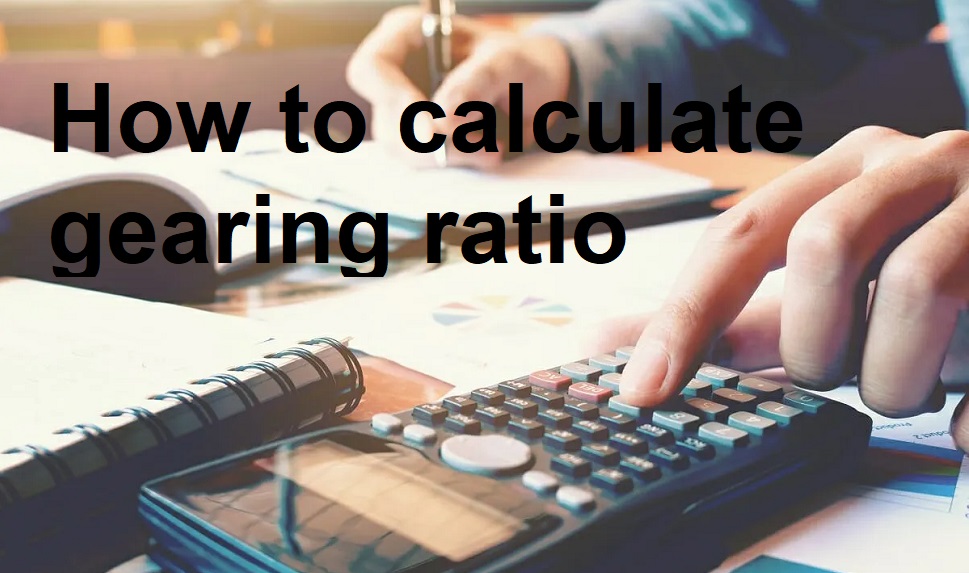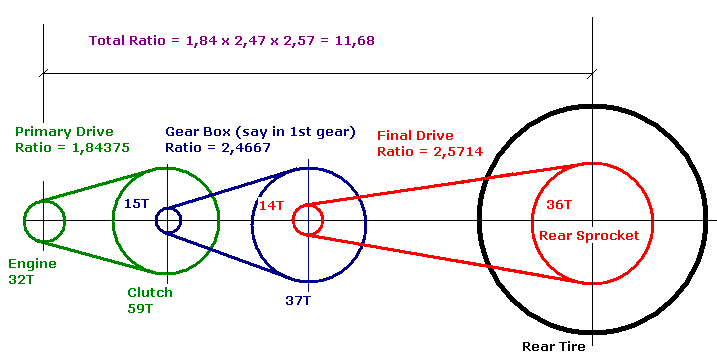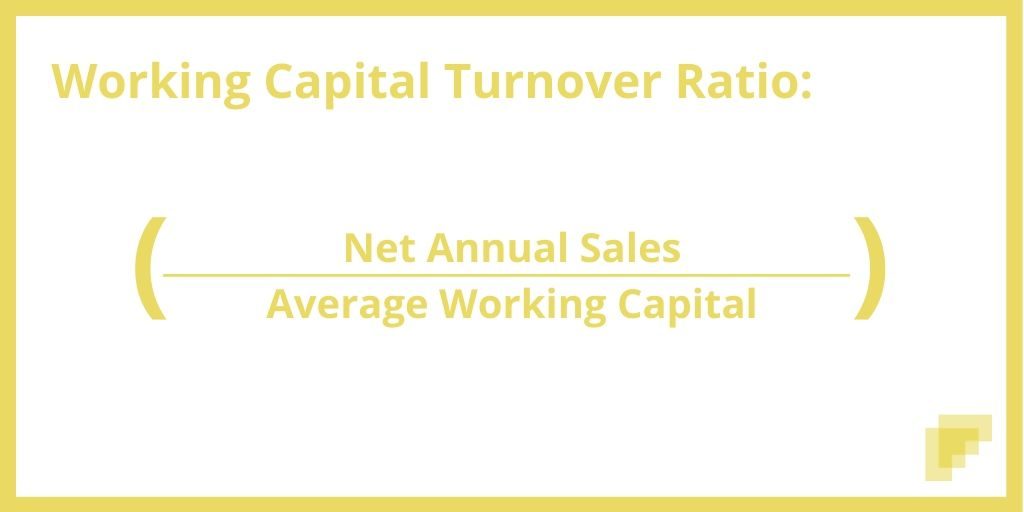
Companies with low gearing ratios maintain this by using shareholders’ equity to pay for major costs. The gearing ratio is also referred to as the leverage ratio in the UK, measuring the extent to which a company’s operations are funded by debt rather than equity. A safe gearing ratio can vary by company and is largely determined by how a company’s debt is managed and how well the company is performing. Many factors should be considered when analyzing gearing ratios such as earnings growth, market share, and the cash flow of the company.
- If a company were to have a high D/E ratio, the company’s reliance on debt financing to fund its continuing operations is significant.
- Please ensure you understand how this product works and whether you can afford to take the high risk of losing money.
- By contrast, both preference shareholders and long-term lenders are paid a fixed rate of return regardless of the level of the company’s profits.
- You often see the debt-to-equity ratio called the gearing ratio, although technically it would be more correct to refer to it as a gearing ratio.
Understanding Debt-to-Equity Ratio

Continue reading to learn about key features of gearing ratios and how they can support your decision-making. At a fundamental level, gearing how to invest tax is sometimes differentiated from leverage. This difference is embodied in the difference between the debt ratio and the debt-to-equity ratio.
Example of a Gearing Ratio Calculation
Companies with lower gearing ratio calculations have more equity to rely on for financing. Gearing ratios provide an insight into how a company funds its operations, relative to debt and equity. Using gearing ratios as part of your trading fundamental analysis strategy helps to provide crucial financial ratios that can be utilised to make smarter trading decisions.
Capital Gearing Ratio
Conversely, a low ratio denotes a less dependent financial structure on debt financing and is more prudent. It is widely accepted that a reasonable degree of gearing is preferable since it indicates a harmony between the utilization of debt and equity funding. A gear is a toothed wheel that can change the direction, torque, and speed of rotational movement applied to it. The transfer of movement happens when two or more gears in a system mesh together while in motion. Note that long-term debt means loans, leases or any other form of debt for which payments must be made at least one year in advance.
How do you calculate gear ratio?
Hand drills, though they seem less popular nowadays, are a great example of a simple machine that demonstrates a mechanical advantage in terms of speed. As another possibility you can negotiate with your lenders to swap the existing debt for shares in the company. If the company has no shareholders, then the owner is the sole shareholder. That’s done by multiplying the ratio of the first gear set by the ratio of the second gear set. IG International Limited is licensed to conduct investment business and digital asset business by the Bermuda Monetary Authority. Based on the following details, you need to assess whether ABC meets the bank’s expectation of gearing ratio.
Capital gearing means a company’s debt ratio relative to equities. In addition, it is also known as financial gearing or financial leverage. In most countries, France included, covenants set limits for debt. Failure to comply with a guideline is known as a « breach of covenant ».
The gear ratio is the ratio of the circumference of the output gear to the circumference of the input gear in a gear train. The gear ratio helps us determine the number of teeth each gear needs to produce a desired output speed/angular velocity, or torque (see torque calculator). By reducing spending, you decrease your liabilities and therefore your debt to equity ratio.
Gearing ratio helps us in assessing how much financial leverage a company has. This important financial metric displays the ratio of a company’s debt to equity capital. The ratio shows how much debt or equity is used to fund a business’s operations. This gear ratio calculator determines the mechanical advantage a two-gear setup produces in a machine.
Most investors know this as a company’s debt-to-equity (D/E) ratio. The D/E ratio measures how much a company is funded by debt versus how much is financed by equity. Put simply, it compares a company’s total debt obligations to its shareholder equity. The result indicates its financial leverage or how much of its operational debt is serviced via shareholders’ equity and/or borrowed funds. It’s a strong measure of financial stability and something an investor should keep an eye on.

